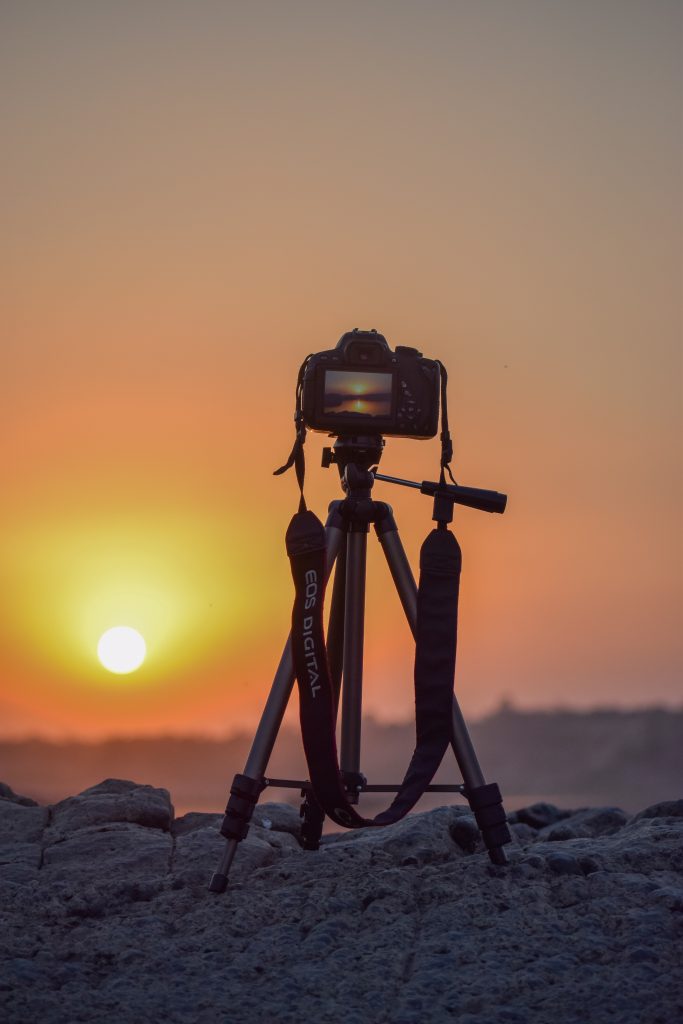7 Must-Have Gadgets for Architecture Photography
Stunning architecture deserves the best standard of photography that will produce gallery-worthy images, this goes without saying. To this end, making use of some of the latest gadgets and most up to date technology can help even an amateur photographer to take their architectural photography to the next level.
Here is a curated list of cool gadgets from our friends over at ComputerPlanet.co.uk (who know a thing or two about the new tech) that will help to make your architectural photography more professional.
Full Frame DSLR
Your camera is one of the most important gadgets to take professional architectural images. This kind of goes without saying. The full-frame DSLR camera is the best choice when it comes to capturing images that are high in detail. In fact, the use of a full frame sensor helps the photographer to capture minute details with high ISO performance, even in low light. The main difference between cropped sensor cameras and full frame DSLRs is their enhanced ability in its field of view. When your purpose is to capture shots of architecture, I’d recommend selecting the most advanced and budget-friendly full frame DSLR camera. The good news is that there are many choices on the market today, and for a number of them you get a huge amount of bang for your buck.
Tilt-shift lenses
Canon offers a great choice of lenses when it comes to architectural photography. These two Canon lenses, the Canon TS-E 90mm f/2.8 Tilt-Shift Lens and the Canon TS-E 17mm f/4L Tilt-Shift Lens are most popular for those who want to achieve the required level of tilt and shift for architectural imagery. Nikon also offers equivalent alternatives where a wider angle, and thus a wider lens, is required for better depiction. Varying degrees of angles can be achieved by using the tilt and shift lenses, and this is why they are so popular for those who want to shoot buildings.
Bubble Level
The use of bubble levels has a significant role in architecture and its photography. A bubble level, or a camera spirit level, allows the photographer to know whether the surface they are on and thus the image that they will take, is level, just like a spirit level used in the building trade. The bubble level can make your life easier in getting your camera or tripod accurately levelled to take architectural images. This is obviously very important, as if your images are wonky or not level then you will not get the desired professional result. There are a number of options available on the market to suit any budget.
Polarizing filter
Taking architectural photos includes handling glare from shiny objects, darken the shade of sea layers or sky, as well as increase colour saturation of the objects. The filter comes in handy for taking pictures of architectural objects having a colour tends to reflect more of the same colours absorb some of the basic colours such as red, orange, green, and yellow. The polarization filter can be used in front of the camera lens. These filters can also reduce glare from the glass windows and haze from the landscape even in the bad weathers to shoot architectural pictures. You can feel free to use other filters to match your photography needs matching with the environmental factors for awesome pictures.
Tripod
The traditional tabletop tripods will add value to your photography when a lower camera angle is required than that given by the large professional tripods with centre column commonly used for architecture photography. These tripods will help in taking pictures in close proximity, or if there are quirks in the landscape such as narrow steps where larger professional tripods cannot be used. These mini tripods are also called tabletop tripods and due to their compact size, they can be easily carried. The small folding legs of the tripod support height adjustments, and so you do not need to feel that you need to compromise on the quality of your photos. You may still need a traditional tripod with a centre column to take pictures in other settings, but tabletop tripods will give you a more portable option that you can use ‘on the go’.
Pan and Tilt geared heads
A number of tripod heads are available on the market to cater to your specific requirements.
However, the pan and tilt head is recommended for architectural photography. This is because the geared ball enables the camera to be tilted and levelled accurately to your desired specifications. The geared adjustments of the tripod head allow you to set up the camera level to the perfect angle so you can get the perfect shot. The drawback of this type of head is that it takes up slightly more space than the more commonly used ball heads. However, this is a trade-off, as you get a more customisable set up with this option.
The Colour Checker
Colour checkers such as X-Rite ColorMunki Display and ColorChecker Passport Bundle ergonomic design are used to enhance monitor and projector profiling. This helps
in shooting the true to life colours of the architectural images, meaning that those who see your photos will see what you saw when you took them. They are particularly helpful when shooting architectural images in mixed lights, for the aforementioned reason: architectural images require you to shoot an image that is as close as possible to the real images. Therefore, using a reputable colour checker system can help you achieve professional results.
Summary
As we have seen, architectural photography can be a metaphorical minefield. You need to take images that are as true to life as possible, whilst also making sure that you get the wow factor into your shots. Though this balance may seem difficult and daunting, if you use the correct gadgets (assuming you already have the right pro-spec camera), then this will become easier. And this is really important, as architectural photography is actually quite an important public service: the architectural photographer helps us to see our more cherished and beloved monuments in a way that allows us to visit them even if we are far away, and it also allows us to dream a little.




